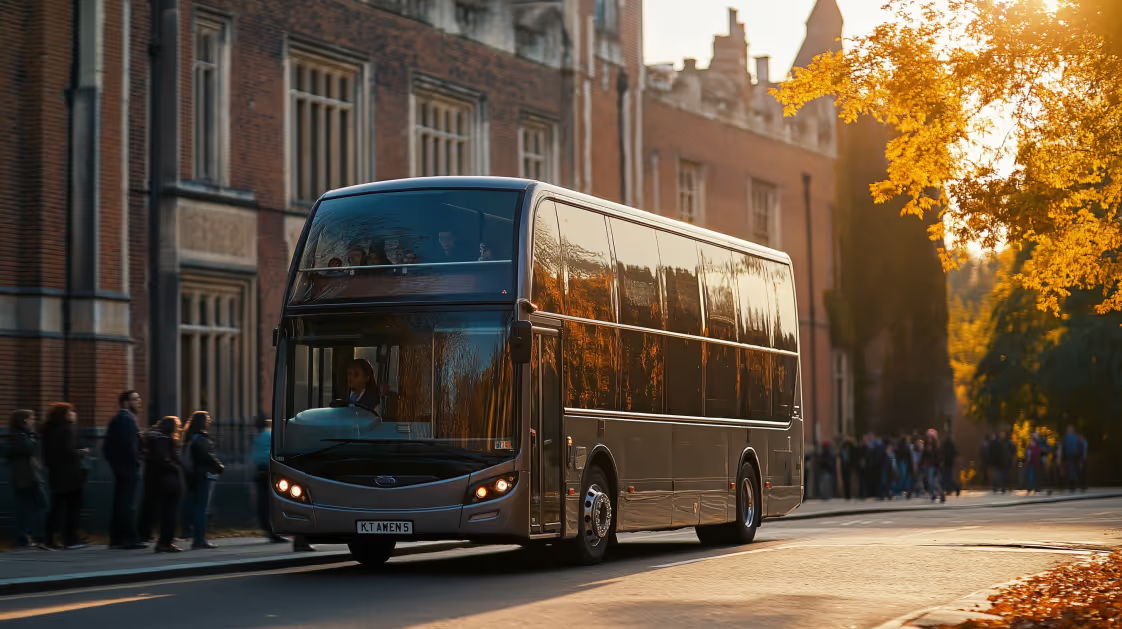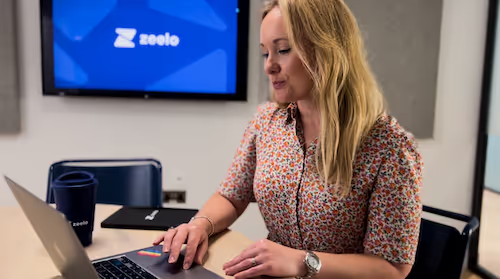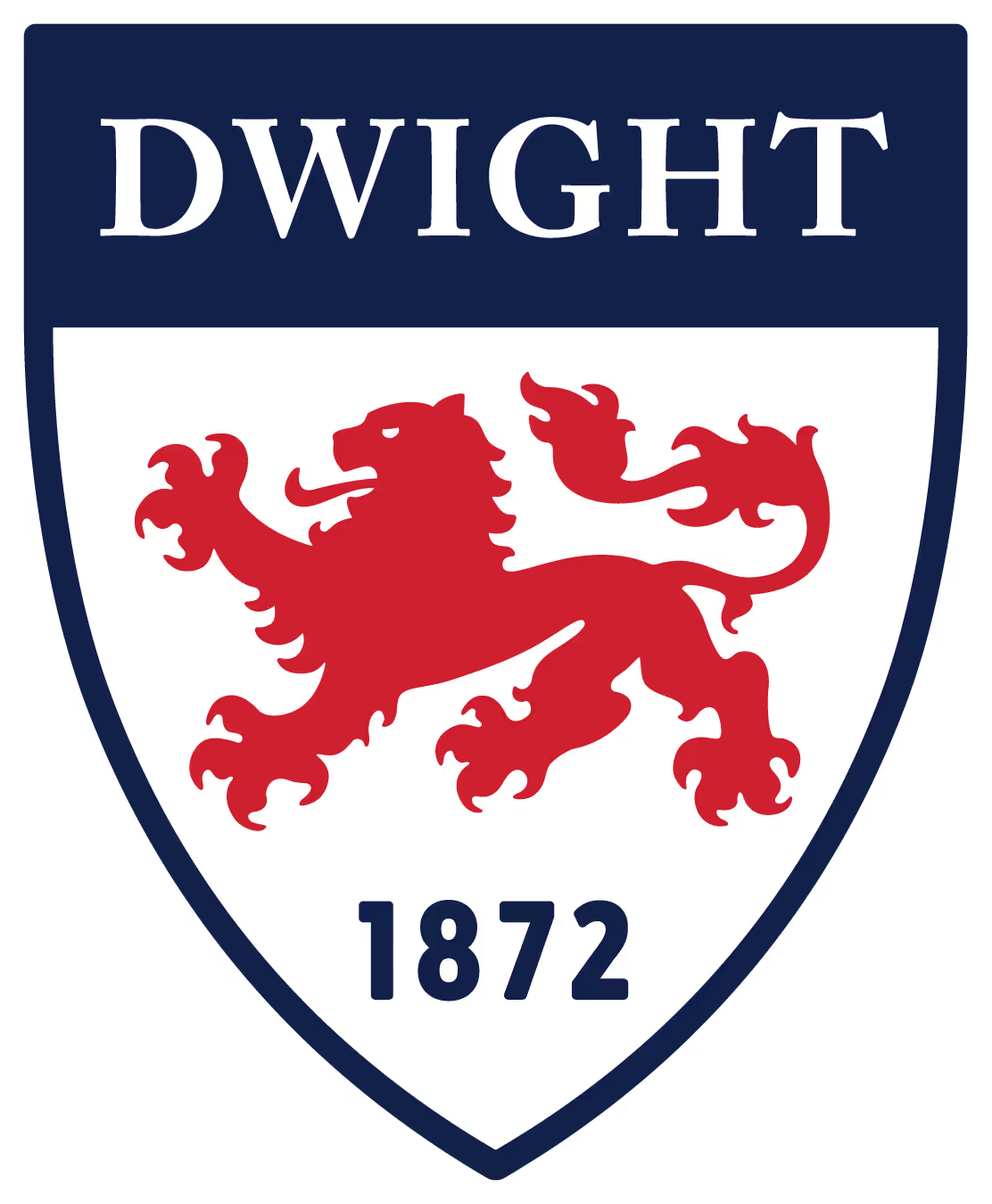Optimise Route Planning with Data-Driven Insight
.avif)
In our previous blogs, we've emphasised the vital role of parent feedback and introduced the concept of cost-saving through route optimization. Now, let’s dive deeper into planning efficient and flexible home-to-school transport routes. Our focus will be on ensuring safety, maximising time efficiency, and minimising environmental impact. Additionally, we'll explore solutions for serving underserved areas and managing vehicle capacity, ensuring every student has reliable and equitable transportation.
Using Data to Supercharge Route Planning for Maximum Efficiency
Effective route planning and optimisation begins with a comprehensive understanding of collected data from service users. By gathering key information on student locations, schedules and traffic patterns, we can begin to create optimised routes that save valuable time and resources:
- Student Locations: Understanding where your students live is the first and most important data point in your planning arsenal; allowing you to visualise the most direct routes to and from your school.
- Pick-up/drop-off Times: Ensuring that you have accurate timings and timetables will support a transport infrastructure where buses run on time, getting students where they need to be, when they need to be there.
- Traffic Patterns: An understanding of peak traffic times and patterns will help you identify areas to avoid, potential barriers to on-time performance and shape strategies to support reducing delays.
Partnering with a business like Zeelo gives access to advanced software and algorithms that can process collected data to identify patterns and trends. The biggest benefit of AI and machine learning is their ability to boost productivity and handle complex tasks that are too challenging or time-consuming for humans to manage on their own. The number of possible routes can skyrocket quickly. With just one bus and ten stops, the permutations can reach into the millions. But if you have a fleet of five vehicles, that number becomes truly mind-boggling, soaring into the quadrillions!

Working with Eltham College, Zeelo teams have demonstrated the flexibility of their services: downsizing vehicles on under-used routes to redeploy elsewhere, driving a 30% passenger increase on one route and growing the Isle of Dogs route from 8 passengers on an under-utilised 16-seat minibus to a 29-seater coach, now running at 100% capacity.
So why not leave it to us? Such analysis can allow Zeelo to design routes that minimise travel time and fuel consumption while ensuring safety and convenience for the student riders and guardians relying on the service.
Safety Considerations
Safety and the well-being of student riders are paramount in a home-to-school transport service. Ensuring that every journey is safe and secure starts with the integration of important safety features and considerations right from the early stages of route planning. This proactive approach is crucial for creating and maintaining a secure environment for students, giving parents peace of mind and allowing students to focus on their education without concerns about their commute. By prioritising safety from the outset, we can build a transportation system that protects and supports our students every step of the way.
- Safety Protocols Powered By Data: Using data, we can identify and avoid areas of high-traffic, construction or accident-prone areas when building routes. Designating safe, secure and identifiable pick-up and drop-off routes further enhances the security of the service.
- Technology for Real-time Safety Monitoring: Real-time GPS tracking and telematics allow for continuous monitoring of vehicle locations, providing instant updates to both parents and school authorities. Communication systems (Zeelo Rider App) and in-house procedures can enable quick responses in case of emergencies, ensuring student safety and in-the-moment updates.
- Adapting to Seasonal Circumstances: While certain pick-up/collection spots are safe and well-suited at the start of September, conditions can change quickly during the darker and wetter months of the year. It becomes critical to assess whether stops have adequate lighting and remain accessible during adverse weather conditions. Stops situated on grassy banks or verges can become slippery and potentially hazardous; posing a significant safety risk. Ensuring that all stops are accessible and safe under all weather conditions becomes vital to maintaining the safety of student riders throughout the academic year.
By integrating these comprehensive safety measures, we create a robust and reliable transport system that prioritises the welfare of our student riders at every stage.
Making Time for Timetables
Time-effectiveness is crucial for both students and parents, as it directly impacts their daily routines and overall quality of life. Implementing efficient scheduling and dynamic routing can significantly reduce travel time, ensuring that students spend less time on the road and more time engaged in educational and extracurricular activities. This not only alleviates stress for parents but also contributes to a more balanced and productive day for everyone involved.
- Balancing Shortest Routes with Minimal Stops: Finding the right balance between direct routes and minimal stops whilst serving the maximum number of students is essential for creating an efficient transportation system. By carefully planning and optimising these routes, we can ensure that students spend less time on the bus, which contributes to their overall well-being and allows them to arrive at school feeling more refreshed and ready to learn. Timetables will often need to be adjusted during the September restart to account for unforeseen effects.
- Scheduling Strategies: Optimal pick-up and drop-off times are key to reducing waiting periods and ensuring that buses run smoothly and on schedule. By staggering schedules, especially where access to the school site is restricted, we can help avoid congestion during peak hours, making the entire transport system more efficient and reliable. This can also improve safety around the school gates, with fewer moving vehicles posing less of a risk for students and bystanders.
- Real-time Adjustments to Avoid Delays: Dynamic routing based on current traffic conditions allows for real-time adjustments, ensuring that buses can effectively avoid delays and consistently arrive on time. By leveraging up-to-date traffic data, the transportation system can adapt to unexpected changes such as road work, accidents, or heavy congestion. Having vehicle tracking available for parents and/or students can reduce frustration and head off on-the-day queries before they are raised.
Effective time management in school transportation is more than just a convenience—it's a necessity that enhances the daily lives of students and their families. By prioritising efficient scheduling, optimal routing, and real-time adjustments, we create a transport system that not only saves time but also supports the overall well-being and productivity of our students.
Greener, Cleaner, More Effective
Sustainable transport practices are essential for reducing our carbon footprint and protecting the environment for future generations. By optimising routes, we can minimise fuel consumption and emissions, thereby significantly contributing to a greener and more sustainable environment. Implementing these practices not only helps in the fight against climate change but also promotes a culture of environmental responsibility within the community.
- Environmentally-Friendly Vehicles: While Zeelo services are already entirely carbon neutral thanks to an offsetting partnership with CNaught, transitioning to electric and hybrid vehicles can further reduce your schools environmental impact. While there are challenges in implementing these changes, the long-term benefits are substantial.
- Promoting Car-sharing/pooling and Shared Rides: We like to boast that every time Zeelo provides a transportation alternative to 100 riders, 403 kg of Carbon Dioxide in the atmosphere is reduced each day and 90 individual car journeys are taken off the road. Encouraging car-sharing/pooling and shared transportation not only reduces the number of vehicles on the road but also fosters a sense of community among parents and students.
- Adopting Cleaner Air Around Schools: A study by Asthma + Lung UK found that nearly one-third of schools and colleges are situated in areas with dangerously high levels of air pollution. Alarmingly, 27% are exposed to fine particulate matter (PM2.5) levels exceeding accepted WHO guidelines, posing a significant threat to student’s lung health. Reducing the number of individual car journeys can positively impact air quality around our schools.
By integrating these sustainable transport practices, we can significantly reduce our environmental impact, clean the air around our schools and pave the way for a cleaner, greener future for the next generations.
Solutions for Unserved Areas and Route Optimization
Identifying and addressing unserved areas is crucial for ensuring that all students have access to safe and efficient transport. Mapping these regions using data helps in understanding their specific needs. Engaging with local communities ensures that the solutions provided are effective and well-received. This engagement can be the difference between a bus service being positively received (reducing traffic in the local community) and negatively.
Innovative solutions such as Demand-Responsive Transport (DRT) systems and partnerships with local transport providers offer flexible and efficient route optimization. Additionally, managing vehicle capacity to meet route demand is essential for cost-efficiency and service quality. Using smaller vehicles for low-demand routes and scaling up with larger or additional vehicles during peak times ensures efficient resource use.
Flexible vehicle deployment leads to cost savings, improved service levels, and higher satisfaction among parents and students. Fleet management software and real-time monitoring tools enable efficient capacity management, ensuring that vehicles are deployed where and when they are needed most.
All Hallows Catholic College used Zeelo’s routing software RINA, to highlight underserved areas, identifying and adding additional pick-up stops to increase service usage. As a direct result of these changes, the number of unique riders making use of the service grew by 38% within the first 5 weeks since launching.
Efficient route planning is a continuous process that requires constant improvement and adaptation. By addressing safety, time-effectiveness, and environmental considerations, we can create a school transport system that meets the needs of students and parents alike. Engaging with parents and other stakeholders through feedback and collaboration is key to further optimising routes and ensuring the success of our transport services.
We invite you to share your feedback and insights with us. Your input is invaluable in helping us improve our school transport system. Subscribe to our blog to stay updated on future posts and developments in our journey towards creating a safer, more efficient, and sustainable transport system for our students.
We help companies and schools achieve their transportation program goals
Corporate shuttles


Warehouse/Distribution


Schools & Universities


Become a partner


Want to know how we can help you?









.avif)

.avif)
.avif)
